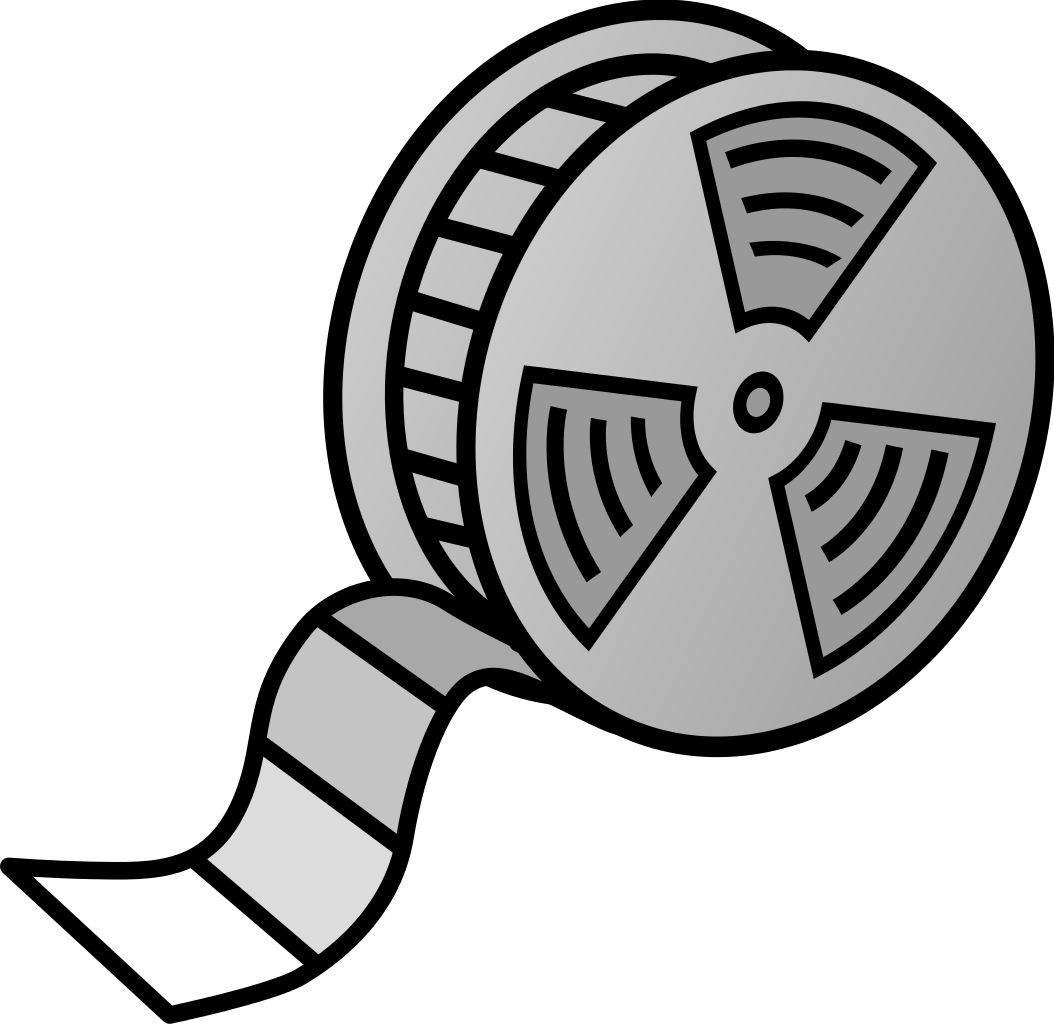
Tuesday 14th February
Animation/Movie Making 1
This week we began by clarifying as a class what we were making in our animation assessment tasks. We started a discussion on what digital literacy is and how iMovie could facilitate digital literacy. This then lead to the discussion of how iMovie could then be used in other areas of the curriculum for education such as using iMovie in a health and well-being lesson or a mathematics lesson etc. Firstly, we discussed what it meant to be digitally literate and this is was we agreed with “by digital literacy we mean those capabilities which fit an individual for living, learning and working in a digital society” (Jisc, 2011). We then spoke about how beneficial this app would be through such things as story-telling, which would make it more engaging and interactive as the children can share one’s story through the multiple mediums of digital imagery, text, voice, sound, music, video and animation. (Porter, B, 2004)
Then, we as a class met and had a group discussion to check that everyone was on task and that each group had an idea. We also watched some videos on how to work the program we had chosen. As a group we got together and decided which program we were using which we vaguely discussed last week which was iMovie. Once we had clarified our roles and went over the script of what we were all doing, we left to create our own animation.
Although there were points of fun and hilarity we ensured that we stayed on task and that we were portraying the important message of how important internet safety is. “Nearly three quarters (72%) of internet users have a social media profile, compared to 22% in 2007. Furthermore, four fifths (81%) of these people use social media at least once a day: increased from 30% in 2007″ (Beuchamp, G. 2017, P. 106). This is why we decided to film a social media scenario gone wrong, as you do not know who is on the other side of the computer talking at you. And as so many people now have social media there will be a few bad eggs. This is why we wanted to raise awareness for children on the dangers of social media usage and their accounts. As we filmed the worst case scenarios we put ourselves in these situations and how we would feel and how we would react. It helped us to begin thinking not only to children but everyone using the internet what the dangers and consequences that can come from such as simple thing as talking to someone you do not know on Facebook. This can lead to the stranger becoming a dangerous person that will pick up any small details given to them which can lead to anything…
When we had completed all of the filming we began to edit all of the footage. I was surprised how easy this was. The program made it very easy to insert: pictures, videos and animation. The program provided easy and accessible applications that were modern and easy to use. They had an easy template that could be used easily and made to suit your own. The trailer that we made also had a very efficient layout and template. As the trailer and film making programs have an efficient adaptable template to use; will not only help the teacher save time but also help the children using the program. They will be able to edit things easily rather than it being complicated and confusing for them. A plus point of the program iMovie is that it can be accessed by both desktop computers and iPads. This gives different schools which may have funds or not enough funds whatever may be the case. Both can be accessed in different ways, making it more accessible to schools, teacher and pupils.
However, such uses with technology need time, so teachers can grasp the new programs. This may mean the school may have to offer training programs to teachers so they are fully confident in using such as program/app as iMovie. In fact it was found that teachers gave a more confident and effective lesson once they had been fully trained with the different uses of technology. This meaning the school may want to provide training so it is an effective learning tool used in the classroom. These findings come from the Digital Literacy Review Report where it says: “the authors conclude that training and support could be identified in around half of the studies and that it did appear to have a positive impact of the effectiveness of the literacy intervention” (DLRV, 2015, P.15)
We were just lucky enough to fit in all of the filming and had just begun putting the footage together. I will conclude next week when all of the editing and what the finished product looks like.
Until then, Christopher
References:
Jisc (2011) [online] Available: https://www.jisc.ac.uk/guides/developing-students-digital-literacy [Accessed: 14 February 2017]
Porter, B., (2004) Digi Tales: The Art of Telling Digital Stories.
Beuchamp, G. (2017) ICT In The Primary School – From Pedagogy to Practice. 2nd Edition. Harlow: Pearson
Scottish Government (2015) Literature Review on the Impact of Digital Technology on Learning and Teaching [online] Available: resource/content/1/Digital%20Literacy%20Impact%20Review%20.pdf [Accessed: 14 February 2017]

